AI Assisted ID: Ideas Exploration and Partial Attempts

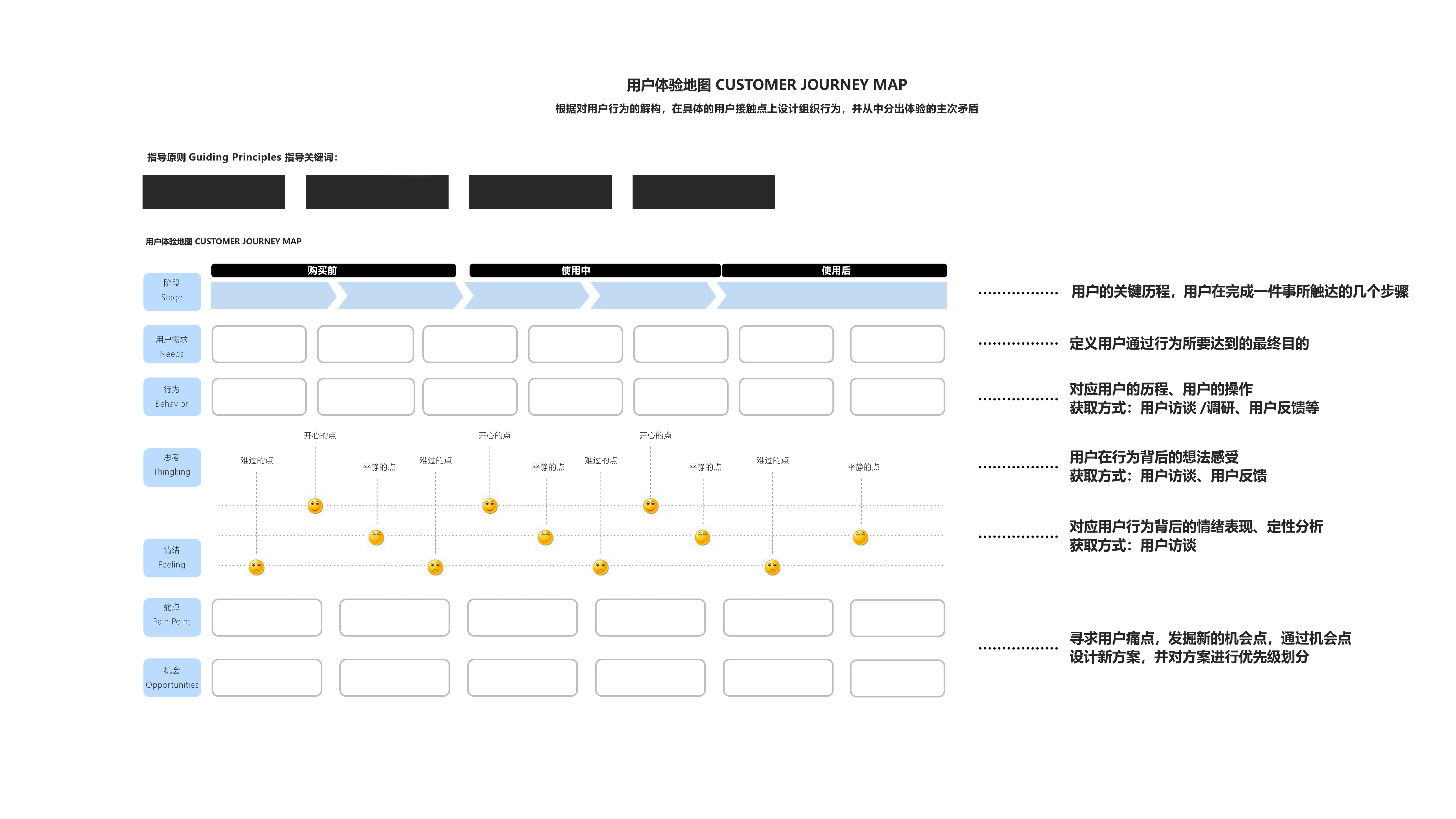
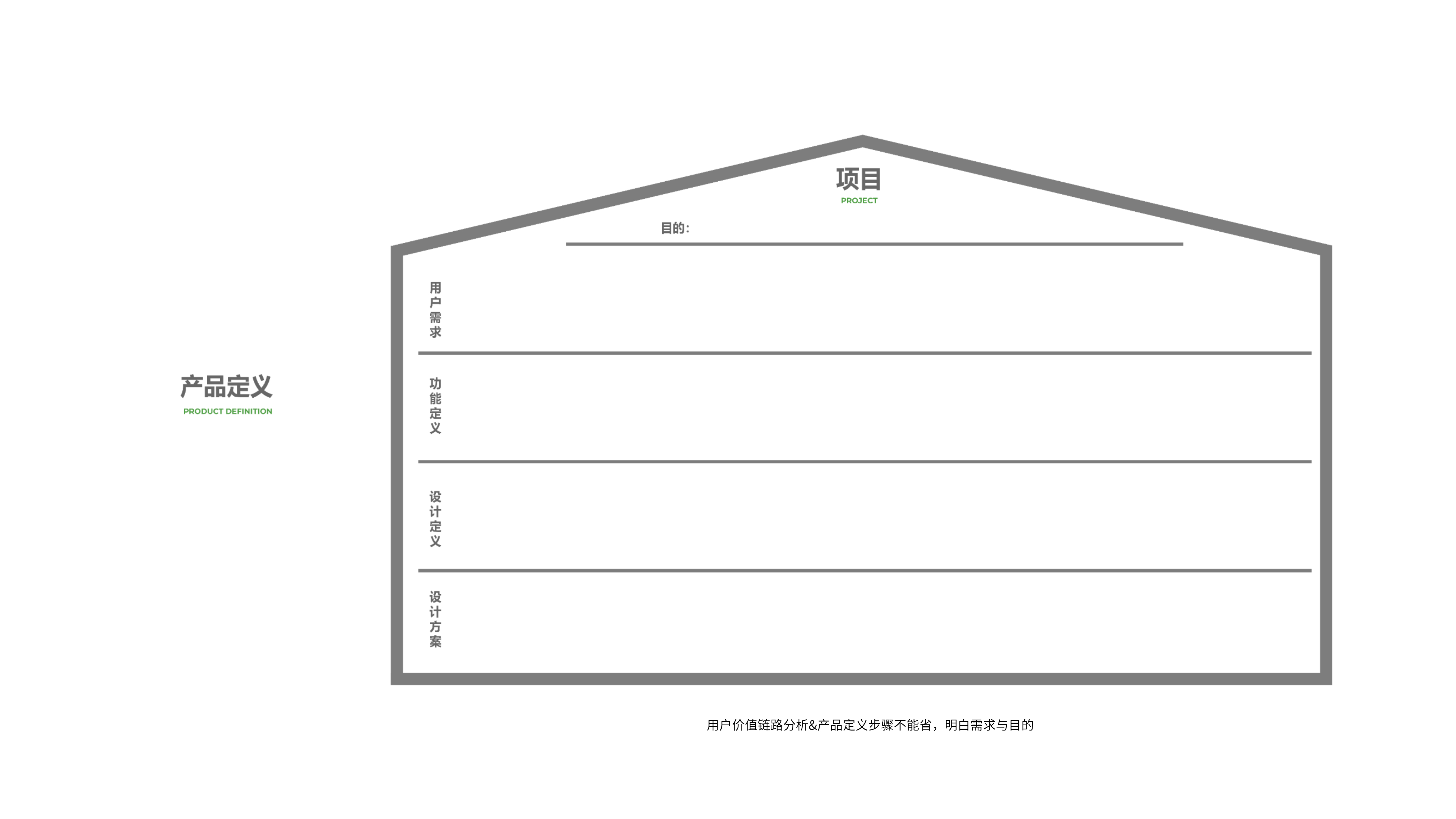


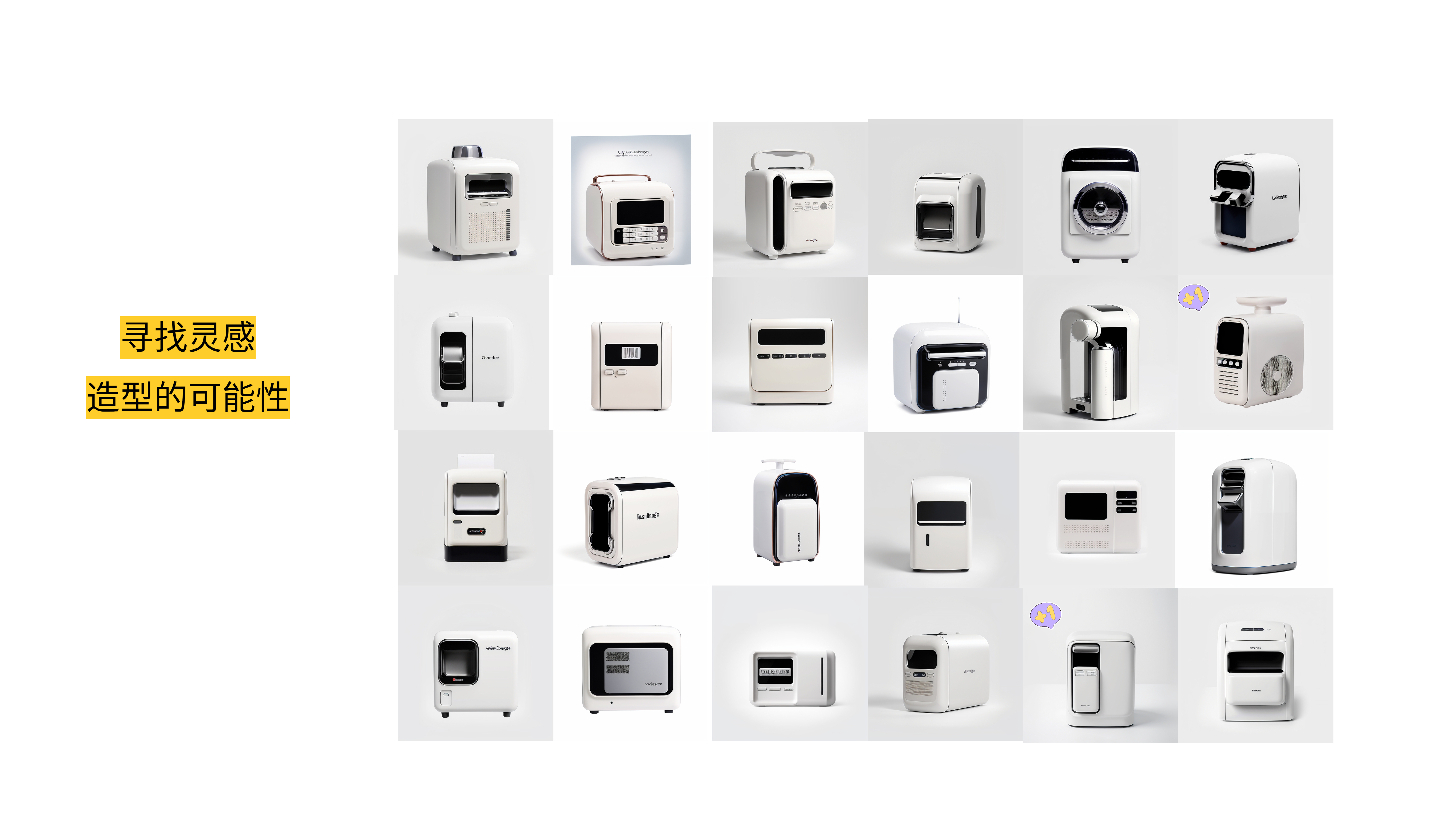
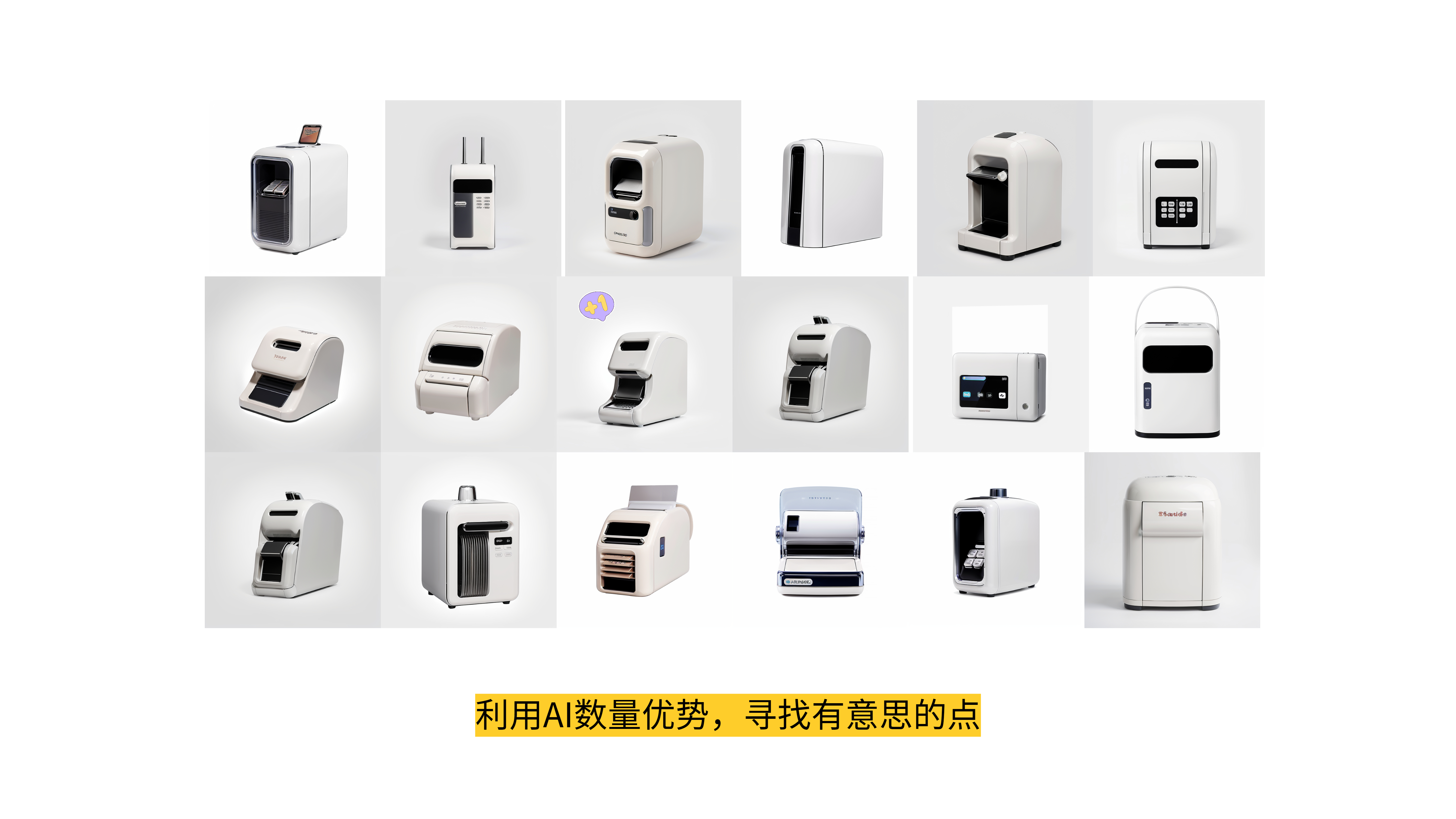
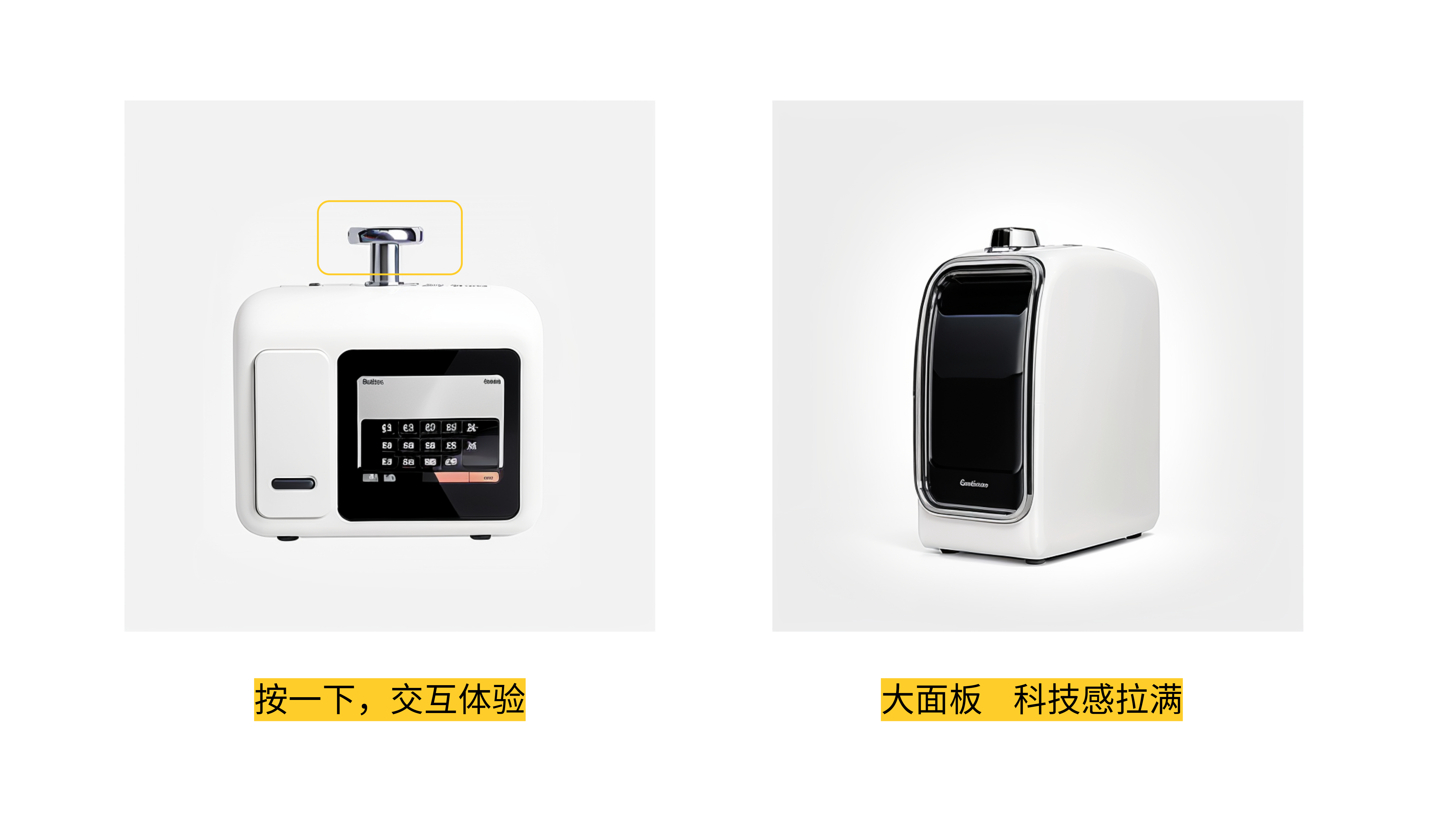






The copyright of this work belongs to 汤姆老师. No use is allowed without explicit permission from owner.

New user?Create an account
Log In Reset your password.
Account existed?Log In
Read and agree to the User Agreement Terms of Use.

Please enter your email to reset your password
AI will eventually become a state of symbiosis with human beings and an auxiliary means to improve human efficiency. After design, it may exist together with semi-automatic AI. Creators have more time to turn to high-level innovation. Whether you use it or not, it exists.
Tell a story about Jenny's textile machine: in the mid-18th century, British goods were increasingly sold overseas, and the supply of production technology in manual workshops was insufficient. In order to increase production, people try to improve production technology. In the cotton textile sector, people first invented a weaving tool called the shuttle, which greatly accelerated the speed of weaving and stimulated the demand for cotton yarn. In the 1860 s, the weaver Hargreaves invented the "Spinning Jenny" hand spinning machine. "Jenny machine" can spin many cotton threads at a time, greatly improving productivity. It enabled the establishment of large-scale weaving mills. The invention of the Jenny machine was the beginning of the first industrial revolution. The Jenny machine has eight times more spinning capacity than the old spinning wheel, but it still uses manpower. The British Industrial Revolution, which influenced the course of world history, was "kicked out" by a man before it began. This story is still true!
It started one day in 1764. James Hargreaves, a weaver in Lancashire, England, came home that night and accidentally kicked over the spinning machine his wife was using after opening the door. His first reaction at that time was to straighten the spinning machine quickly. But when he bent down, he suddenly froze. It turned out that he saw that the kicked spinning machine was still turning, but the original horizontal spindle had become upright. It occurred to him that if several spindles were arranged vertically and driven by one spinning wheel, wouldn't more yarn be spun at once? Hargreaves was very excited and immediately tried to dry, and the next day he built a new spinning machine with eight vertical spindles driven by one spinning wheel, which was eight times more effective at once. A spinning machine named after his daughter Jeanne was made in 1764. This is the earliest multi-spindle hand spinning machine, equipped with 8 spindles, to roller feed fiber strips, suitable for cotton, wool, hemp fiber spinning. The appearance of the Jenny spinning machine caused panic among the large number of hand spinners at the time, who rushed into Hargreaves's house to destroy the machine. In 1768, J. Hargreaves opened a joint venture spinning workshop in Nottingham to produce knitting yarn with Jenny spinning machines. Since he failed to apply for a patent that year, he had to produce his own "Jenny Machine" to make money. "Jenny machine" is not only efficient, but also the quality of spun yarn is better, so Hargreaves's business is good, "Jenny machine" also gradually spread.
That night, the Hargreaves were talking after dinner about the growing affluence that the "Jenny Machine" had brought to them. Suddenly a chaotic sound of footsteps appeared at his door, and then, the door was violently knocked open, and a group of angry men and women rushed in. They couldn't help but destroy all the "Jenny machines" made in the room: "Go to hell with the harmful machines you made!" Someone even set fire to Hargreaves's house. The couple were driven out of their town in Lancashire.
It turned out that after the British Industrial Revolution, a large number of farmers who had lost their land poured into the cities to work for the factory owners to make a living. At that time, Britain occupied India as a colony. The cotton textiles produced in India were cheap and good-quality, and they sold well for a while, which triggered the prosperity of the British cotton textile industry. However, weaving machinery due to the invention of the mechanical worker Kaye shuttle technology, productivity greatly increased. The cotton yarn needed for weaving is still spun slowly on the spinning wheels of many cottage industries. Therefore, cotton yarn is in short supply and the purchase price is higher. The invention of the "Jenny machine" led to an increase in cotton yarn production, so the price of cotton yarn purchased by the weaving mill fell. Those who do not use the "Jenny machine" spinning workers not only low production, but also cotton yarn can not sell a good price. After a long time, their anger erupted, and only then did the scene of destroying the machine happen.
The Hargreaves had to live on the streets of Nottingham, but they worked hard to improve the "Jenny Machine".
In 1768, Hargreaves received a patent; by 1784, the "Jeanne Machine" had increased to eighty spindles. Four years later, Britain has twenty thousand "Jenny machine.
Modeling is the carrier of everything. I hope everyone can understand that modeling is only a noun, not a derogatory idea.
In this industry, it is very urgent to awaken people's contempt for skills and modeling, because no matter how high-end thinking is, it will eventually show modeling. If modeling is of low value, then our life will inevitably be of low value.
Is the above picture mj or sd available for a tutorial, boss
GOOD JOB
This is OK
It looks like Wang Luodan